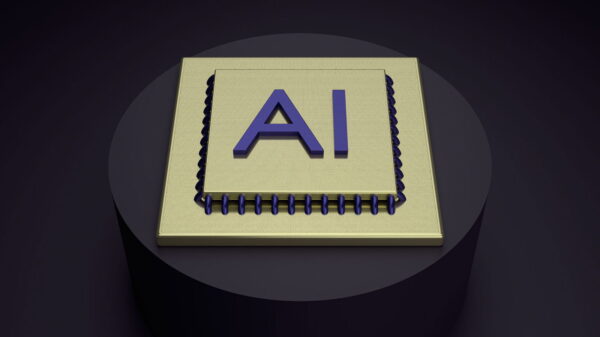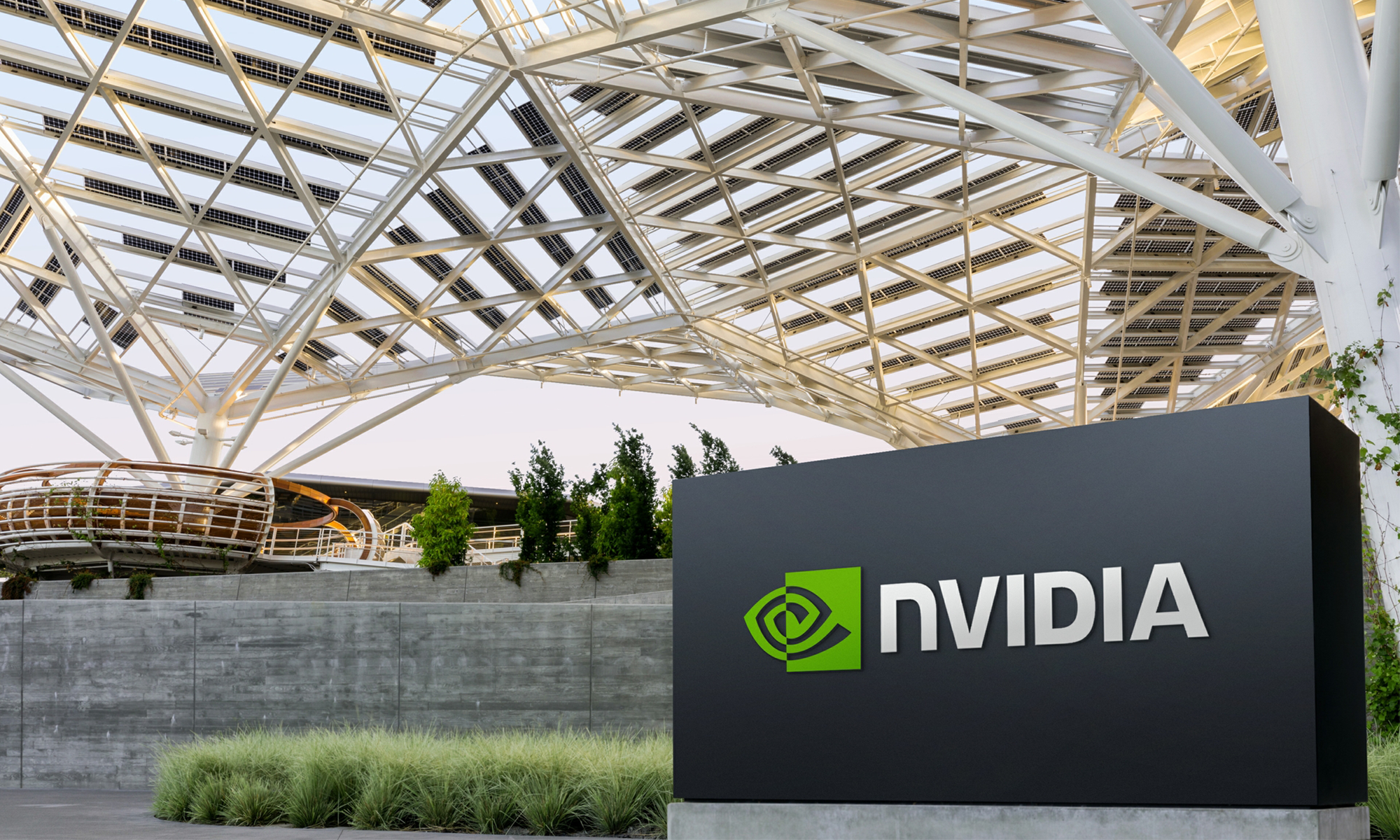Nvidia, the semiconductor giant renowned for its pivotal role in the artificial intelligence (AI) revolution, has been making strategic moves that could redefine its business landscape. For the past three years, Nvidia’s graphics processing units (GPUs) have served as the backbone for generative AI development, solidifying the company’s status as a key player in AI infrastructure.
As a result of Nvidia’s dominance, major tech companies have invested hundreds of billions of dollars into capital expenditures (capex) to obtain Nvidia’s data center hardware. This trend has translated into record revenues and profits for Nvidia, prompting further exploration of its future strategic directions.
Nvidia’s Strategic Capital Allocation
Over the last year, Nvidia generated an impressive $72 billion in free cash flow, showcasing a remarkable acceleration in its financial performance due to the substantial pricing power it commands for its GPUs. With a strengthened liquidity profile, Nvidia is venturing beyond its traditional GPU market, hinting at a more diversified future.
As Chief Financial Officer Colette Kress has suggested, Nvidia appears to be increasing its appetite for acquisitions. In the past year alone, the company has invested approximately $1.4 billion to acquire businesses like Run:ai, OctoAI, Shoreline, and Deci. In addition to these acquisitions, Nvidia has made strategic investments in other sectors, including a partnership with infrastructure services specialist CoreWeave and CPU designer Intel.
See also Yann LeCun Plans Departure from Meta to Launch Startup Focused on World Models
Yann LeCun Plans Departure from Meta to Launch Startup Focused on World ModelsA Game-Changing Investment: $1 Billion Partnership with Nokia
A particularly noteworthy recent development occurred during the GTC Conference in Washington, D.C., where Nvidia CEO Jensen Huang unveiled a $1 billion investment in Nokia. This partnership aims to pioneer a new wireless communications platform designed to facilitate the transition from 5G to 6G. The announcement also included the introduction of the Arc Aerial RAN Computer, marking Nvidia’s entry into the rapidly evolving communications sector.
The collaboration with Nokia holds significant implications, as it grants Nvidia access to the $200 billion AI-RAN market, significantly expanding its total addressable market (TAM) beyond GPUs. While Nvidia’s core business remains centered on data center chip design, this strategic move positions the company to tap into both enterprise and consumer markets.
Investment Outlook: Is Now the Time to Buy Nvidia Stock?
Currently, Nvidia trades at a forward price-to-earnings (P/E) multiple of approximately 28, which may not appear attractive at first glance. However, there are compelling reasons to consider Nvidia as a strong investment opportunity:
- At the GTC event, Huang announced a staggering backlog of $500 billion for its Blackwell and upcoming Rubin chip designs, alongside networking products such as InfiniBand and NVLink. Even partial recognition of these sales indicates growth that surpasses the most optimistic Wall Street forecasts.
- The strategic tie-up with Intel for next-generation CPU designs opens new avenues for growth that have yet to be fully realized, positioning Nvidia favorably in the CPU market.
- The investment in Nokia empowers Nvidia to disrupt another multibillion-dollar market, echoing its earlier success with GPUs.
Considering these factors, Nvidia’s earnings potential over the coming years appears poised for significant growth. The current market conditions suggest that Nvidia may be trading at a modest multiple compared to its future earnings potential. This positions the company as one of the most durable players in the AI infrastructure era and highlights its appeal as a compelling buy-and-hold opportunity for long-term investors.
With its strategic investments and innovative ventures, Nvidia continues to demonstrate its commitment to shaping the future of technology, underscoring its integral role in the AI landscape.







































































